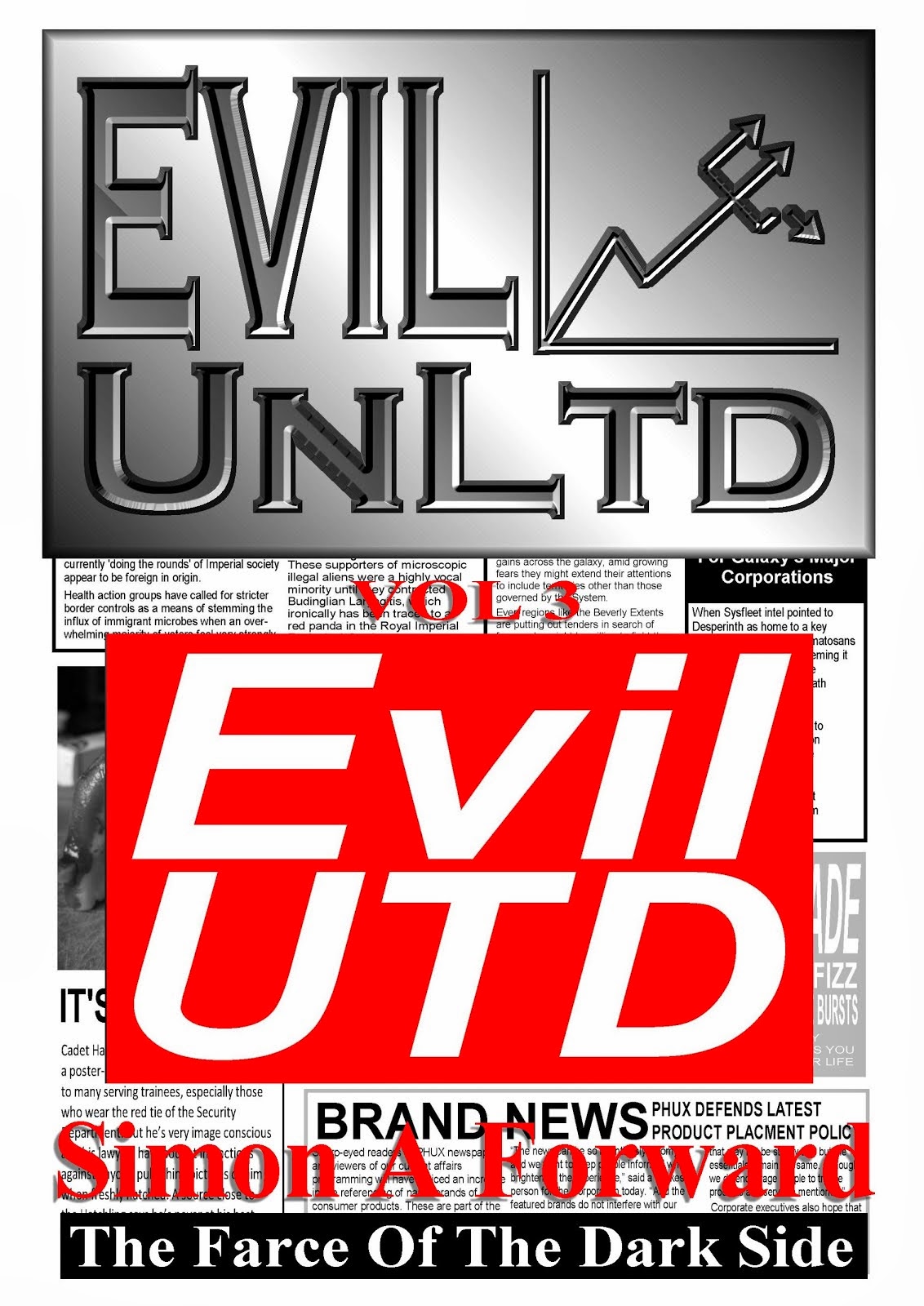
You know how when you bounce a rubber ball, subsequent bounces will fail to reach the same height as the first? We got to see the same principle in operation with The Almost People, this week’s Doctor Who. It basically does much the same thing as the previous episode, but with some loss of its initial energy.
What it needed to do was to expand in some way, take us in an unexpected direction, or pretty much just do anything to justify its two-part stretch. But the main impression I’m left with is that it dished up more of the same. More running up and down corridors, more rubbery CGI, more crying about human rights for mannequins, more ham-fisted hogwash. Worse, it seems riddled with contradictions and character motivations in constant flux. Even its most dramatic, shock moment managed to cheapen and undermine the entire principle it had been flogging us with throughout and ultimately all we’re left with is a molten puddle, but – unfortunately - the molecular memory remains.
As far as I understood it, the battle lines had already been drawn and the gangers were already ganging up on the humans, and yet this week we have Jennifer 2.0 turning up to whip the gangers into a war against humans. This turns into the most pitiful war in history, as it lasts for about six minutes before everyone’s changed their minds. Naturally, I can understand anyone losing their appetite for such an ugly, horrific business, but this particular war never really got as far as the ugly, horrific part. Nothing much happened.
This change of heart is nothing compared to the Doctor’s u-turn on Fleshly Rights, as he – both of him - embarks on a personal mission to convince all of us – and Amy in particular – that gangers should be treated as equals. The dull-dad ganger is good enough to take the place of the dull dad, the copy-Doctor is still the Doctor etc. But as soon as he concludes that Amy is a copy, he insists Rory stands back so he can disintegrate her. And Rory isn’t nearly as insistent about protecting her as he was about the Jennifer clone.
While a measure of hypocrisy is perfectly human, I just didn’t buy it here after the message was so heavily hammered home again and again throughout this dismal two-parter. I get that the writer wanted to deliver a shock (ooer, Rory and Amy have been rubbernecking all this time?) – and one that brought us back onto story-arc territory with a bang – but there were other ways of handling that reveal.
The implications are intriguing, of course, but the revelation generates more interest in and reflection on past stories than any prolonged contemplation of this one. I had thought that Amy might have been replaced when they rescued her from the Silence in Day Of The Moon, but I’m reminded that she saw eyepatch woman peering through a hatch as she searched the orphanage. So it would seem she was duplicated at some point during the season break, which would be a bit of a cheat, since I do like to at least feel like I had a chance to spot the clues.
Also, this story doesn’t quite remove the possibility that the Doctor we see get shot is a copy. (That line about the molecular memory enduring does hint of a potential return.) But I rather fancy that’s a red herring, since temporal jiggery-pokery is much more Moffat’s style. But anyway, I might save any further speculation for after the mid-season finale of next week’s episode. The decision to split this season in half strikes me as a poor one – a mid-season break didn’t do Flashforward any favours – but a strong halfway point should pique audience interest enough to keep them going through the summer. I just worry that the next half will have to be preceded by a massive Previously On... – the like of which tends to be attached to every episode of Fringe, Season 3.
Anyway, where was I? Oh yeah, The Almost People.
Positives. Erm. I’ll try.
The pile of discarded Flesh was a genuinely disturbing and horrifying image.
The Doctor and Doppeldoctor were well-played by Smith, and he’s genuinely scary when he throws a complete wobbly at Amy and shoves her against the wall. The comedy double act, like a lot of the comedy in this one, is variable, ranging from amusing to the teeniest bit annoying. A touch too smug – like a Jimmy-Carr standup routine. And the whole past-regeneration schizophrenia skit was over-egged, with the dubbed-in Tom Baker voice really not working at all. Karen Gillan and Arthur Darvill excellent as ever, although with similar provisos to last week’s: Rory’s devotion to Jennifer seems even more obsessive and poorly founded, Amy again has little of note to do, beyond doubting the copy-Doc.
Commander Kinko knew her original so well, she knew the chosen code word, and yet the Commander herself never seemed to be able to guess her copy’s thought processes. The wall with eyes was a bit pointless. The way in which characters were killed off to ensure there was only one of each by story’s end was corny and predictable. And the sequence with the holo-call between father and was pure Tate & Lyle. I’d rather wade through acid than that much syrup. And the shuttle that was presumably hovering above or even landing in the courtyard when the castle blew up was conveniently forgotten so we could skip ahead to the happy ending of peace on Earth and goodwill to all rubbers.
There was some, er, lovely irony in the way Jennifer who so strongly protested that she wasn’t a monster ultimately transformed herself into a weird-ass monster.
Except by lovely, I mean lame, of course. Sorry, I was meant to be trying for positives. What can I say, I failed.
Like the path of a bouncing ball, it was predictable.
In a word, rubberish.
SAF













